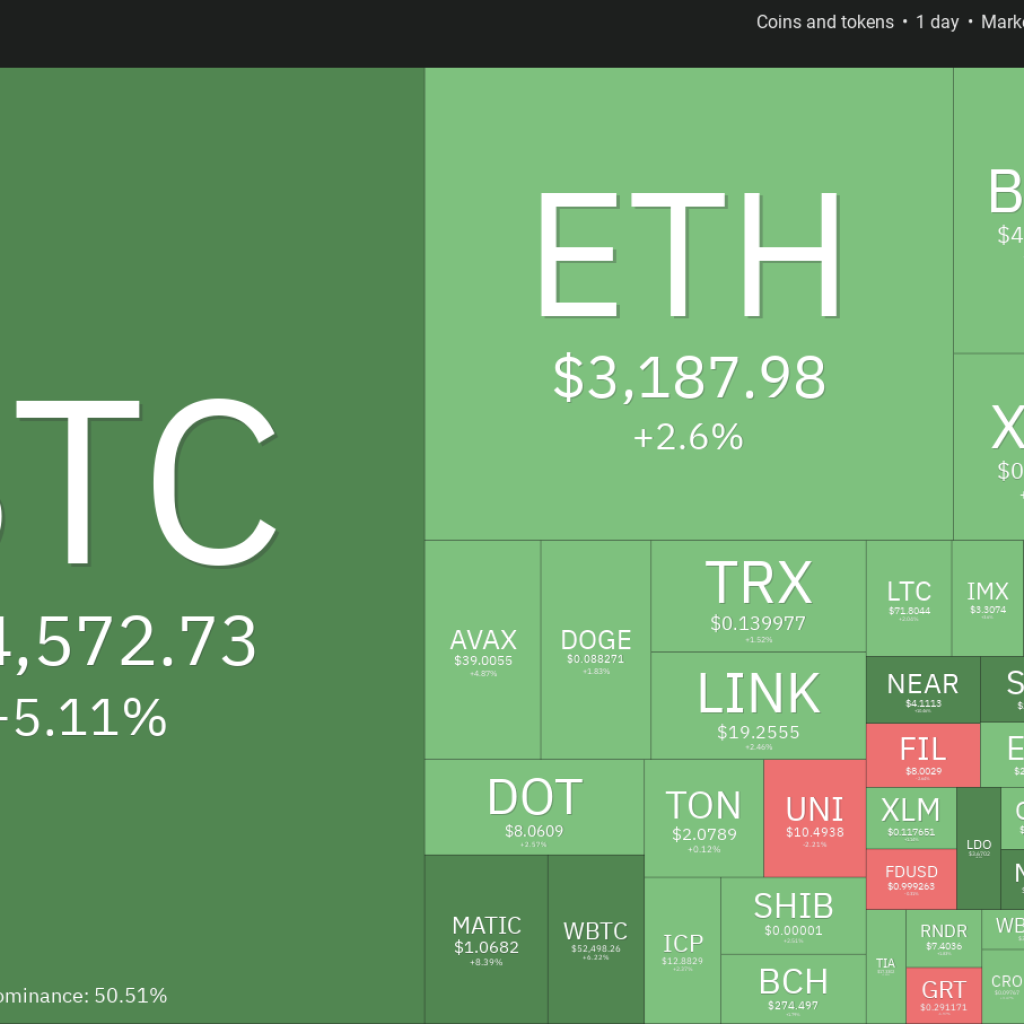
Ethereum’s dominance in decentralized application deposits compensates for the reduced onchain volumes, but what about ETH price?
Ether (ETH) has been trading within a narrow $230 range since Aug. 9, maintaining a solid support level at $2,550. However, this represents a 20% decline from three weeks ago, when ETH closed July above $3,300. This decline follows a broader contraction in cryptocurrency prices, but Ether is encountering specific challenges of its own. The Ethereum network’s decentralized applications (DApps) have seen a significant drop in activity over the past seven days.
Part of Ether’s failure to sustain a bullish momentum can be attributed to the lackluster performance of spot Ether exchange-traded funds (ETFs). The recently launched ETFs have experienced a combined $30 million in net outflows since Aug. 9, according to data from Farside Investors. Despite these outflows, traders remained optimistic that inflows from major players like BlackRock and Fidelity would counterbalance the outflows from Grayscale’s ETHE, although this remains to be seen.
The Ethereum network continues to lead in terms of total value locked (TVL) and transaction volumes, even though it charges significantly higher fees compared to its competitors. This fee difference presents a challenge, as the user experience on Ethereum does not favor second-layer solutions, thereby creating opportunities for niche markets to gain traction on alternative networks such as Solana (SOL), BNB Chain (BNB), and TON. Indeed, according to DappRadar data, none of the top 12 DApps by user count are based on Ethereum.





